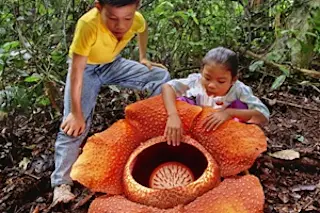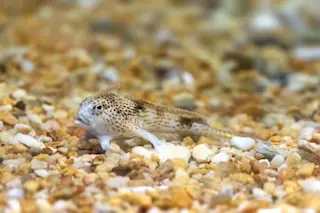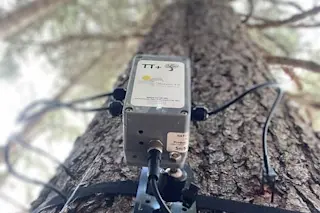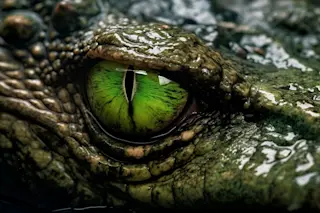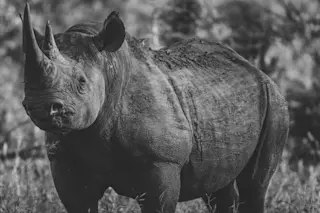On a table in Harvard University’s herbarium, six slimy-looking brownish lobes, each roughly the size of your palm, float in a tub of ethanol solution. They’ve been sliced in half and their flat sides face the ceiling, revealing strange patterns of grooves, bumps and tentacle-like projections. If you had to guess, you might say they were sections of something that grew in the deep ocean.
In fact, they’re pickled flower buds. And though their drab hues and soggy miens suggest otherwise, they’d have bloomed, if left in their rainforest homes, into some of nature’s largest, weirdest and worst-smelling flowers. The plants, which graduate student Lachezar Nikolov collected in the jungles of Malaysia and Thailand, belong to the genus Rafflesia. Their bright red and yellow flowers can grow up to 3 feet in diameter and weigh more than 15 pounds. But unlike most plants, Rafflesiapossess no leaves, roots or stems. They ...


